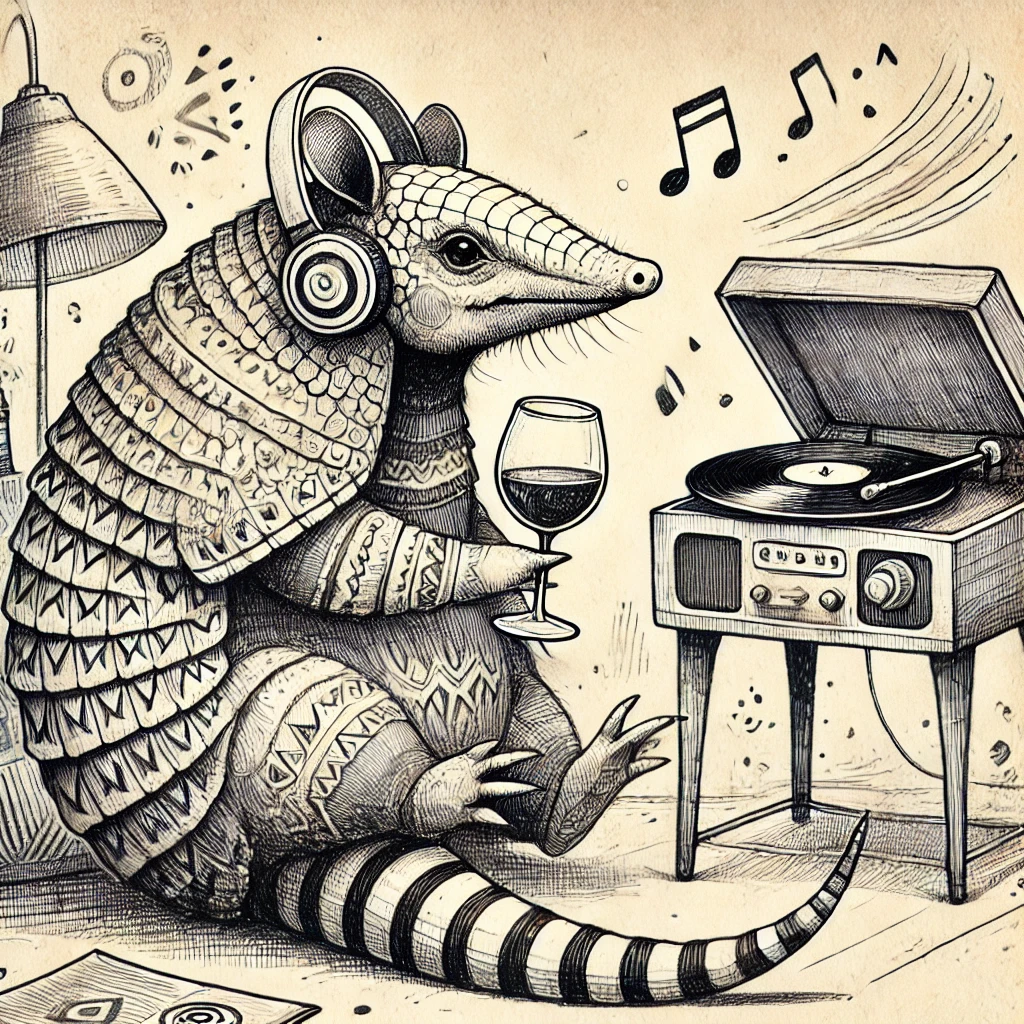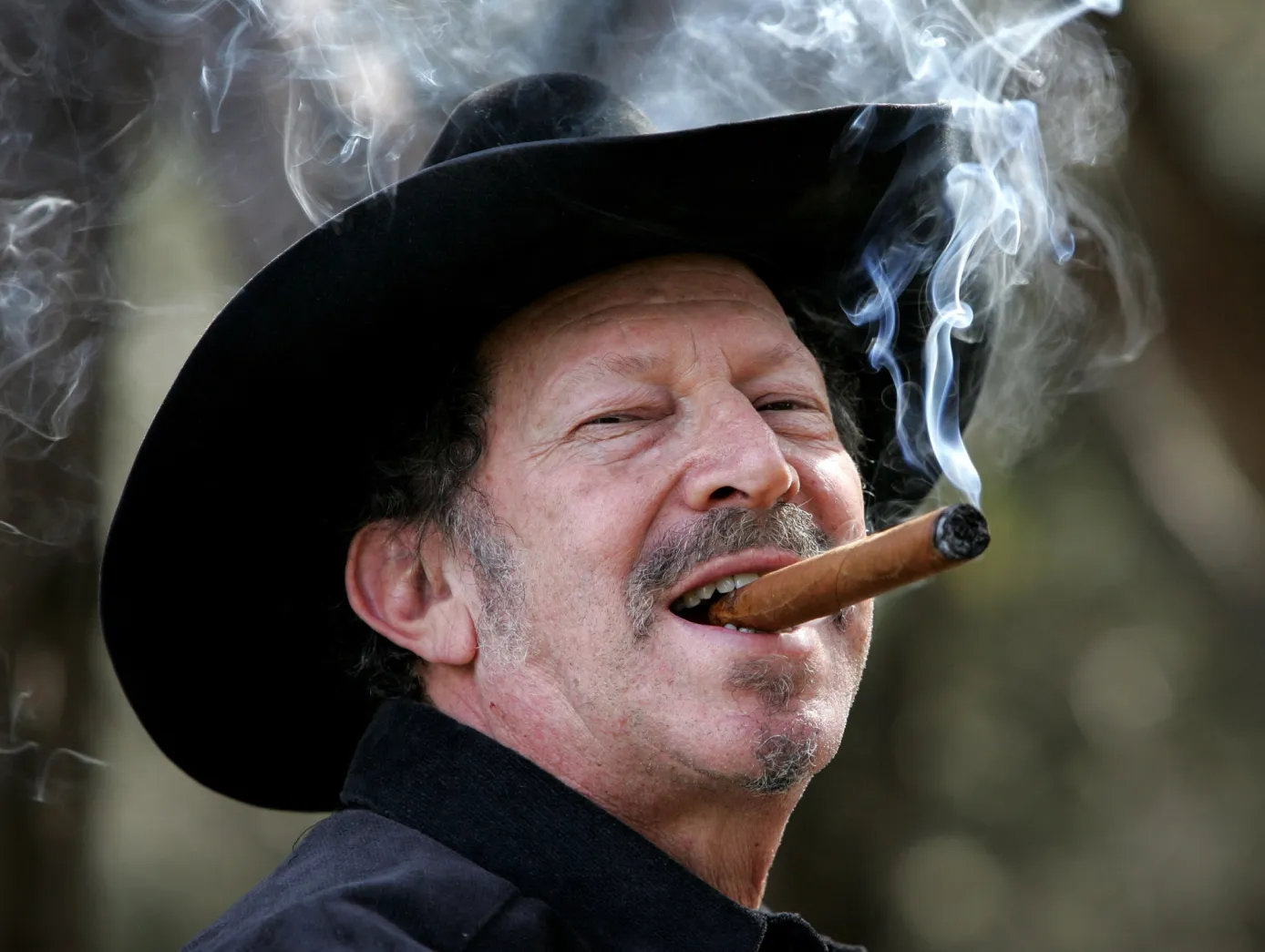Latest
-
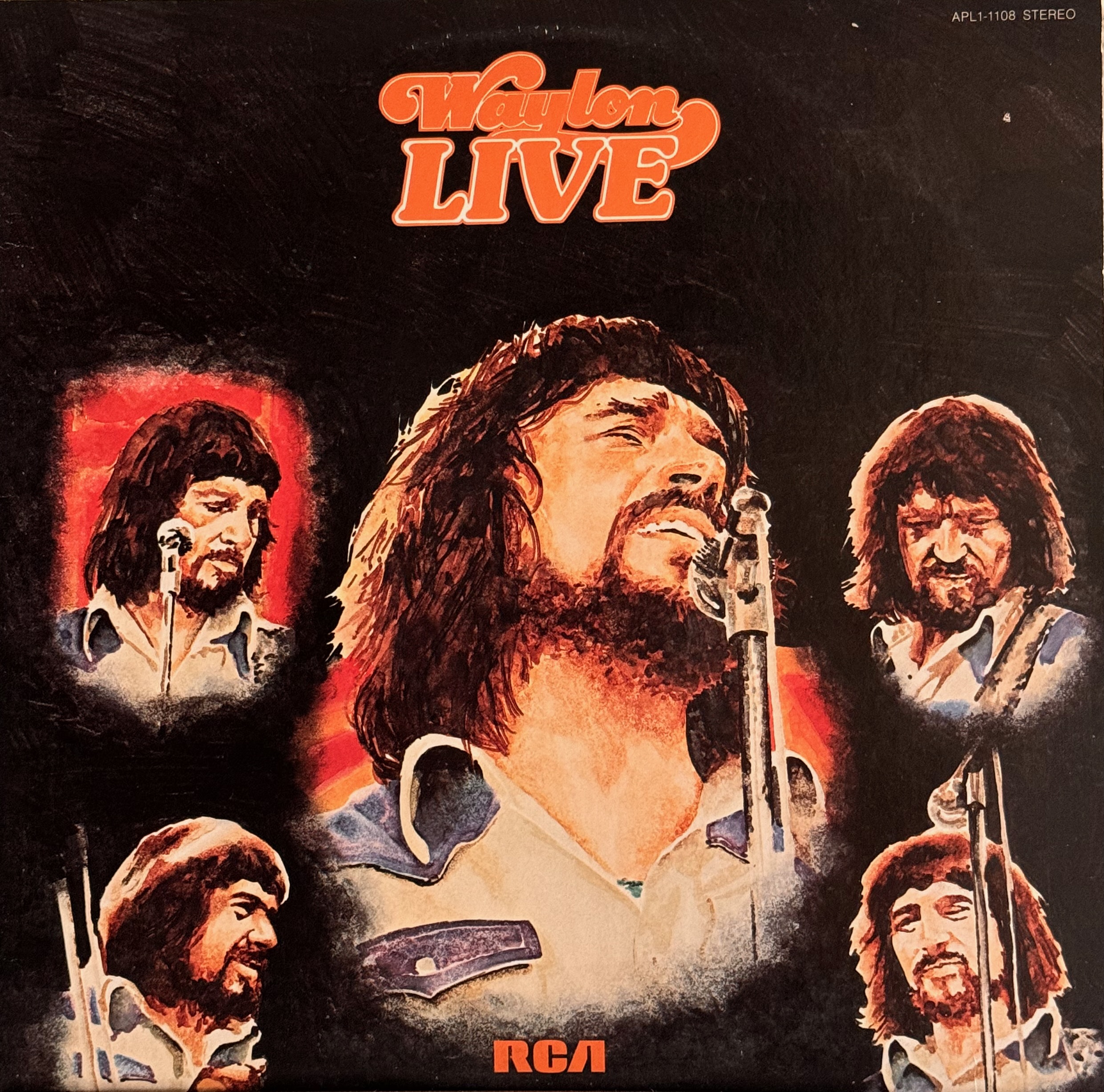
Waylon records classic live album at the Texas Opry House
•
Waylon Live was recorded at the dawn of Waylon’s golden era, and released during the height of it.…
-
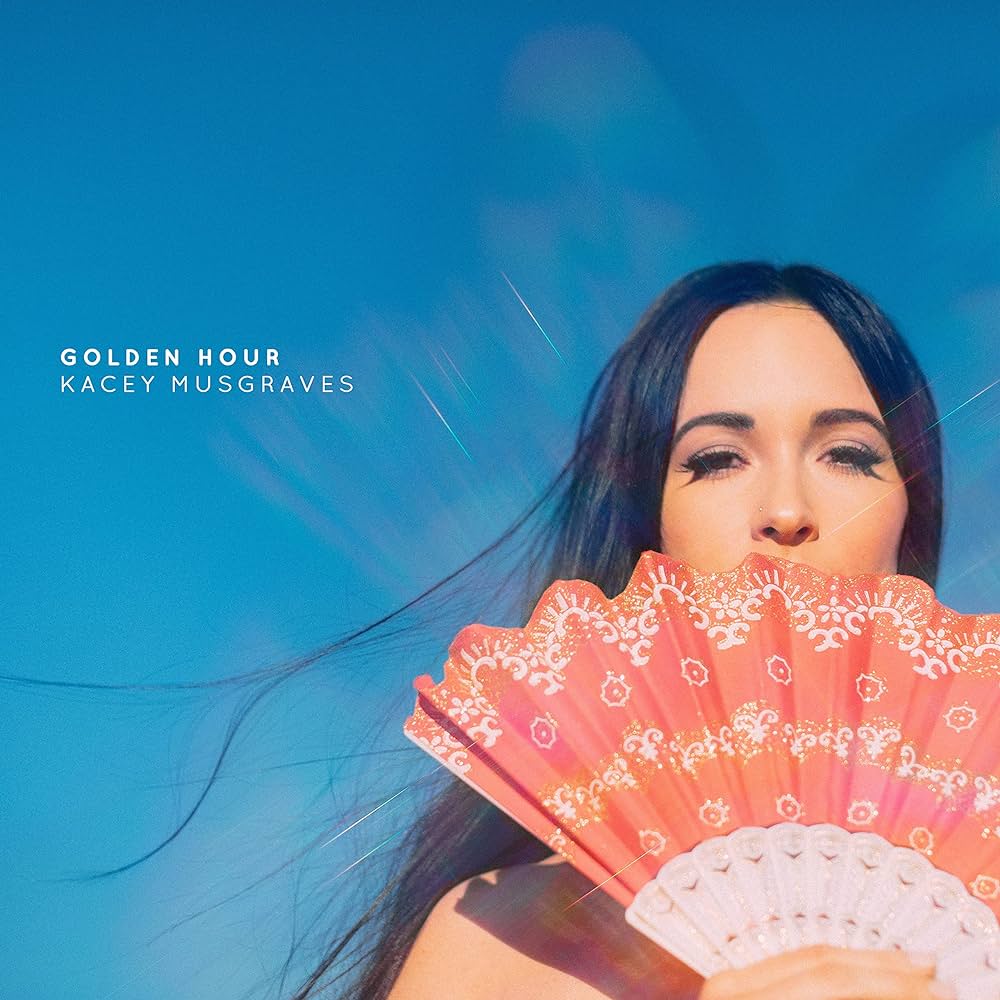
It’s 2018, and Kacey Musgraves is having a golden hour
•
Kacey Musgraves is an authentic songwriter whose albums are imbued with personal experiences. Her first two albums depict…
-
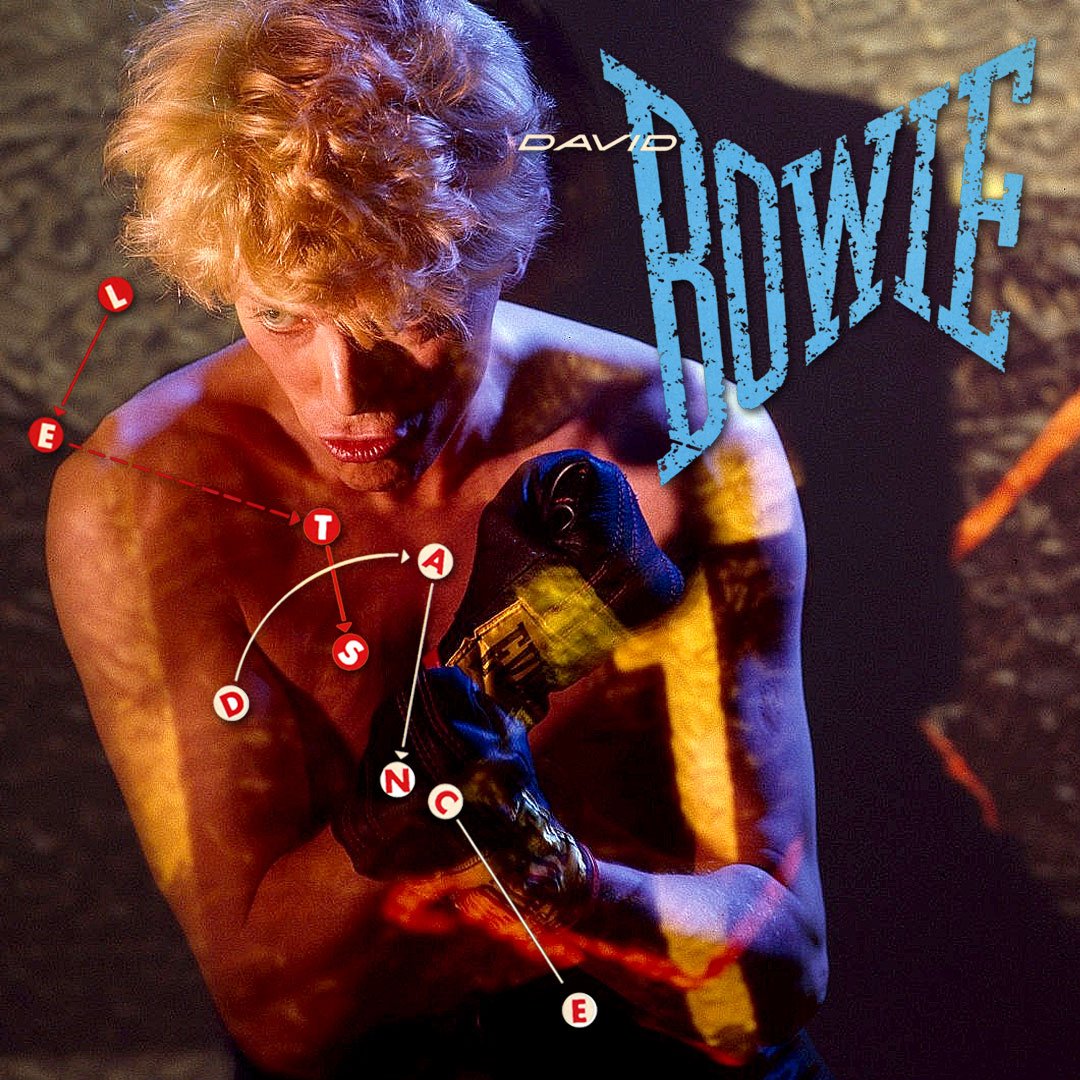
Stevie Ray Vaughan’s invitation to the big dance
•
Let’s Dance transformed David Bowie from a rock star into a megastar. He was chasing commercial success with…
-
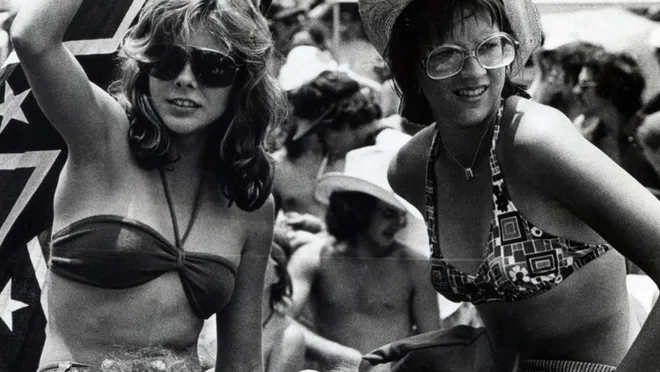
Part Three: Riders On the Storm
•
We arranged our tarp into a small tent. With our backs against the ice chest, the tarp came…
-
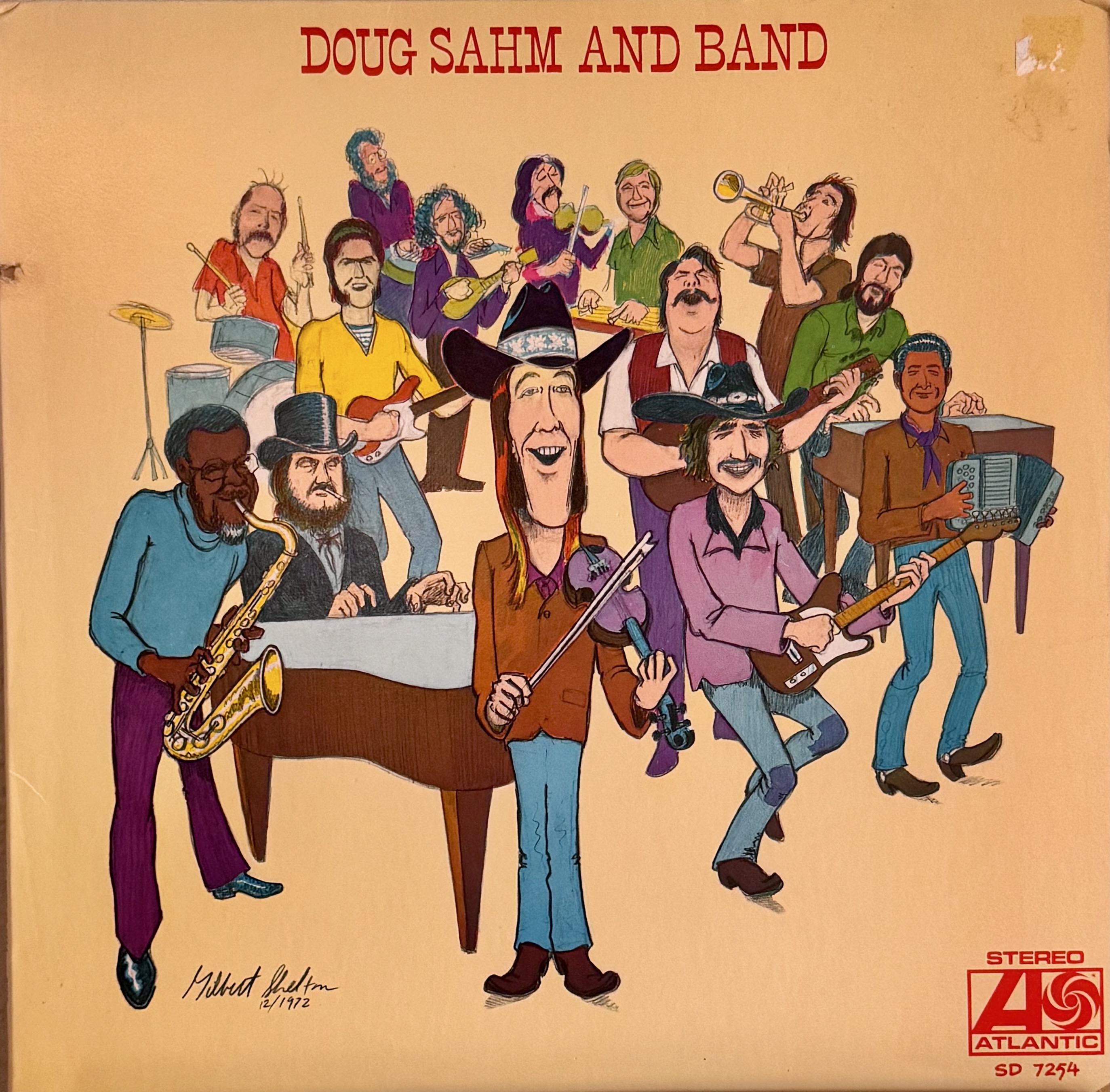
Welcome to Groover’s Paradise
•
There isn’t one album that encompasses the Doug Sahm sound. That would be like defining the flavor of…
-
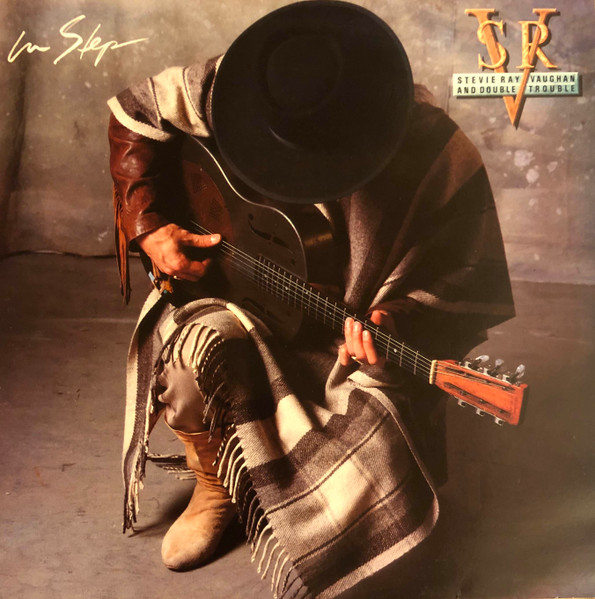
Stevie Ray Vaughan and Double Trouble’s Final Album
•
Stevie Ray Vaughan is the figurehead opposite Willie Nelson in the dichotomy of Austin music, with both men…
-
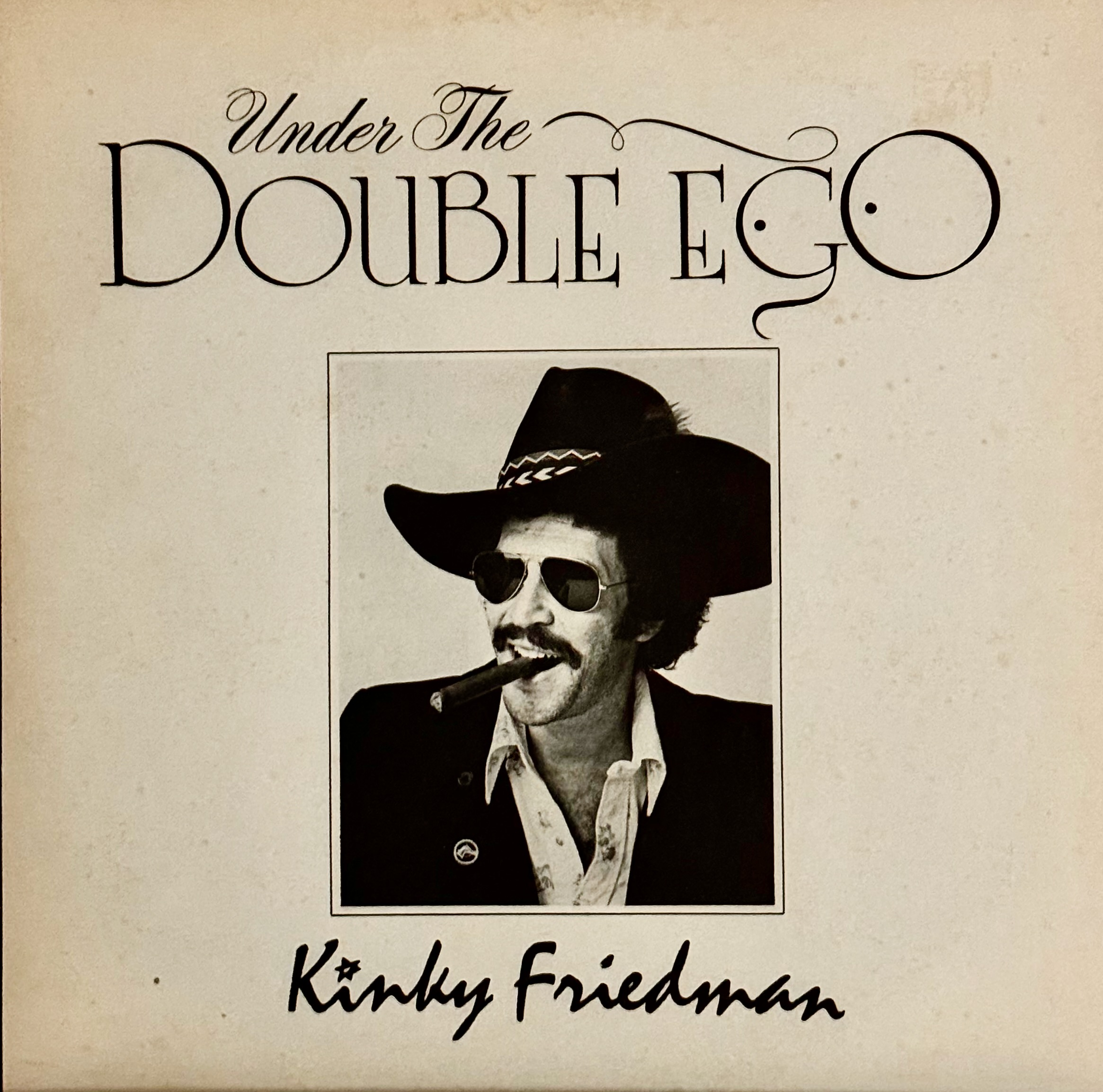
You have to live it before it can come out of your horn, the Kinkster becomes a novelist
•
Under the Double Ego was Kinky Friedman’s melancholic goodbye note to the music industry. It would be thirty-two…
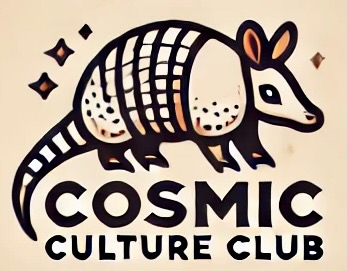
Featured Content
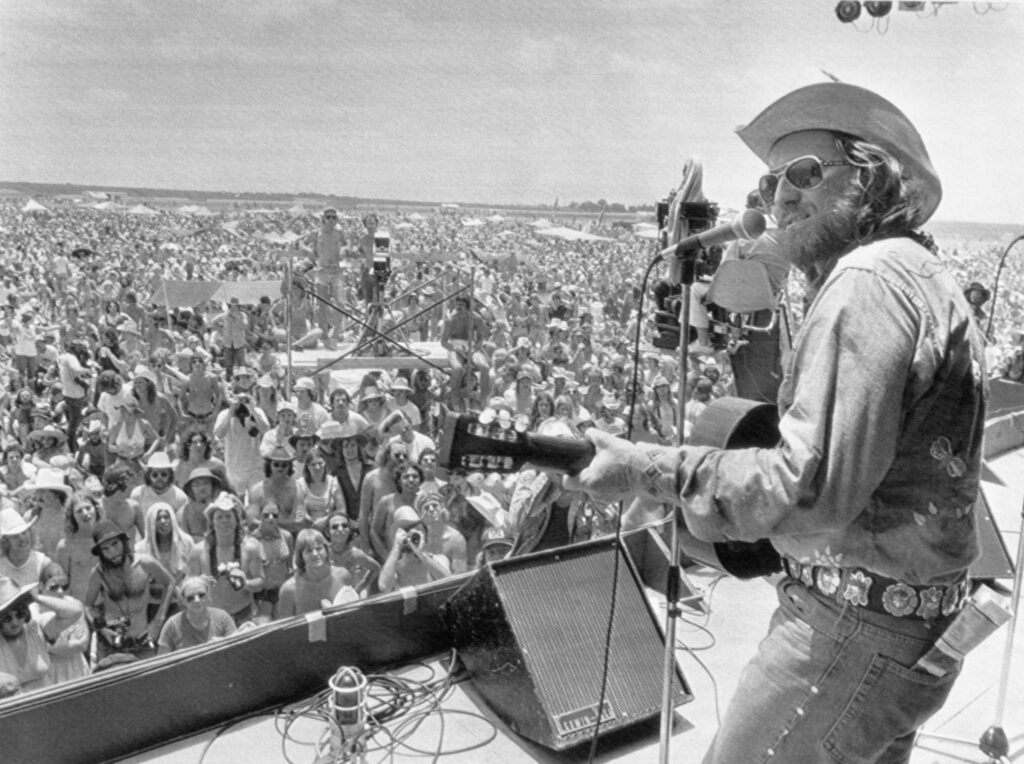
During Willie Nelson’s 1975 Fourth of July Picnic a flood of 70,000 fans invaded the rural community of Liberty Hill, dragging ice chests and tents behind them. Extreme heat baked the audience in the treeless pasture, until a surprise evening thunderstorm transformed it into a mud pit. A weary deputy exclaimed, “If we had arrested all the naked and drunk people I saw, we’d have filled our jail and yours, and all of the jails from here to Dallas.” Rain delays overwhelmed the schedule and Willie didn’t take the stage for the final set until after five in the morning. He was charged with violating the Texas Mass Gatherings Act.
J Scott was a student at the University of Texas, and one of the attendees camped in the field. In this first person narrative he explores what it was like to be there for the memorable show. Follow along as he and his trusty sidekick Mike enjoy a night with Kris Kristofferson, Charlie Daniels, Doug Sahm, Willie Nelson, and friends.

Townsend Miller is a character who should not exist in the real world, but for over a decade he was one of the unique personalities comprising the outlaw country scene that permeated Austin in the seventies. He is a throwback to a time when America was great, and dinosaurs like Hunter S. Thompson roamed the country disguised as journalists.
Townsend’s life reads like a tall tale, with one outrageous event following another. He set a world record for catching the largest long-nosed garfish (and ignited a controversy that burns to this day), but he is best remembered for reporting on Austin’s country music for the Austin American Statesman from 1972 to 1983. It wasn’t just the reporting that made him memorable, but also the way he reported. He led a double life—spending his days in an office and his nights in honky-tonks.
He was one of a kind. Things just happened to him, even when he didn’t want them to—like the months-long battle he waged against a particularly stubborn case of the hiccups. Even his death was dramatic and mysterious; his body was found one morning next to a burning car on the shores of Town Lake.
Social Media
Newsletter
Subscribe to our monthly newsletter to stay up to date on what is happening at the Cosmic Culture Club.
We will not sell or share your email address with anyone and will only send you one message a month.
